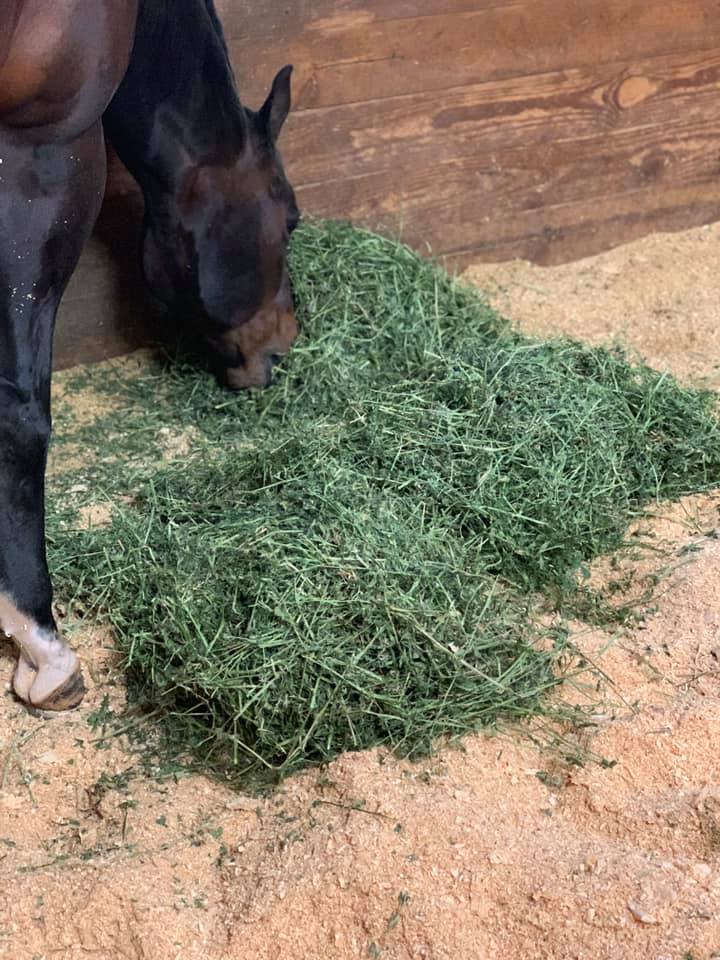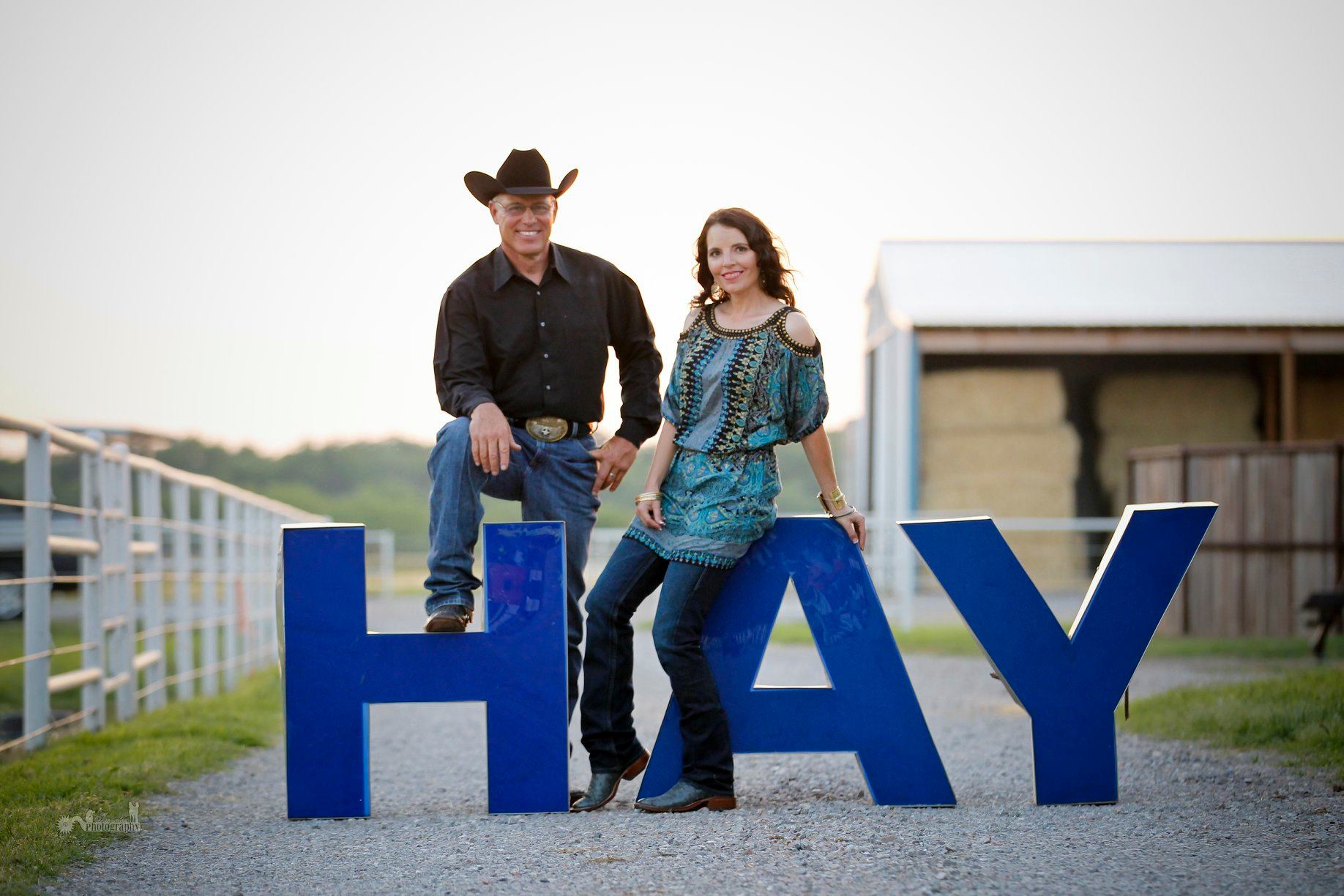When it comes to buying hay for your horse, you want to make sure that you’re feeding him the best quality hay you can find to ensure he’s getting the right nutrition, but do you know what questions to ask or what to look for when you’re buying hay? We spoke with Wes Wetherell of Wes Wetherell Hay Company, LLC, who sells hay to top performance barns all over the country, who gave us five quick tips on what to look for the next time you’re shopping for hay.

1. Know Where Your Hay Comes From
If you feed alfalfa hay, it’s very important to know what region of the country it’s coming from to determine the possibility of blister beetles. Blister beetles are most commonly found in the east, south, and midwest regions of the United States, and include Oklahoma, central Kansas, and southern Nebraska. Those regions and states should be avoided when purchasing alfalfa, as blister beetles are extremely toxic to horses and as few as five beetles can kill a horse.
Wetherell, who is based out of Purcell, Oklahoma, says that they see blister beetles in the second, third, and fourth cuttings in Oklahoma, as the beetles tend to follow grasshoppers (they eat their eggs) and appear in swarms when it gets hot and dry.
[READ MORE: WHICH HAY IS BEST FOR HORSE?]
2. Know What Hay Color Means
As a horse owner, you’ve probably seen a bright-green bale of hay and thought, “that’s some good looking hay.” But do you know why the hay color is important? Wetherell suggests that while hay color should be considered when purchasing hay, it shouldn’t be relied upon as the main factor in your selection.
However, here are a few things to look out for when you’re analyzing hay color.
- Green: This is usually the most desirable color of hay. It signals high protein and vitamin content, and means it was not left in any harsh conditions during curing or storage—meaning it’s going to be more nutritious and mold-free.
- Yellow/Beige: Hay can become yellow—or sun-bleached—if the hay has been stored in the sun. If your hay is sun-bleached, usually the only sides that become discolored are the sides that are in direct sunlight. While the hay that’s been sun-bleached may lose some nutrients, the inside of the hay should still be OK. Hay can also become yellow if there’s light rain prior to baling. If that’s the case, pay attention to make sure that the hay hasn’t become moldy.
- Dark Brown: When hay is dark brown it signifies heat damage due to extremely high moisture content when baled. It can also become brown after being left out in the rain. There’s a good chance that this hay is moldy and should not be fed to horses.
3.Understand Stem Size
As you’re examining your hay, pay attention to the stem size. Stems that are softer and more flexible are ideal because they’re easier for horses to eat and digest.
You’ll see thick, coarse stems (which indicates the hay is more mature) if the hay was grown in a wet, humid area, as it takes longer for the hay to be dry enough to harvest. As hay matures, digestibility decreases and protein levels decrease.
[READ MORE: AGING HORSE NUTRITION]

4. Understand Moisture Content
The moisture content in your hay will vary depending on what region you live in and what cutting it is. As mentioned earlier, when you’re in high-humidity areas that see more rain, it’s going to take longer to harvest. And if the hay has too much moisture content, it’s most likely going to mold.
Over the years, Wetherell has found that the hay grown in the desert is the best option for his horses because the hot and dry climate keeps moisture out of the hay.
5. Know What Cutting
It’s important to know what cutting your hay is because each cutting is so different. Earlier cuttings tend to have bigger stems because the hay grows faster, in the middle of the year you’ll see smaller stems, and the last cutting is usually clippings, which means it’ll be mostly leaf.
[READ MORE: FEED A PICKY EATER]
Need hay bags and hay storage? Here’s our picks.
Products we feature have been selected by our editorial staff. If you make a purchase using the links included, we may earn a commission. For more information click here.

Wes Wetherell, Purcell, Oklahoma, has been training horses professionally for more than 30 years and has produced multiple world and congress champions in several breed associations. In 2004 Wetherell started selling hay to the public and has since gone on to provide hay for some of the top performance horse barns in the country. To learn more about Wetherell visit wes-wetherell.com.

